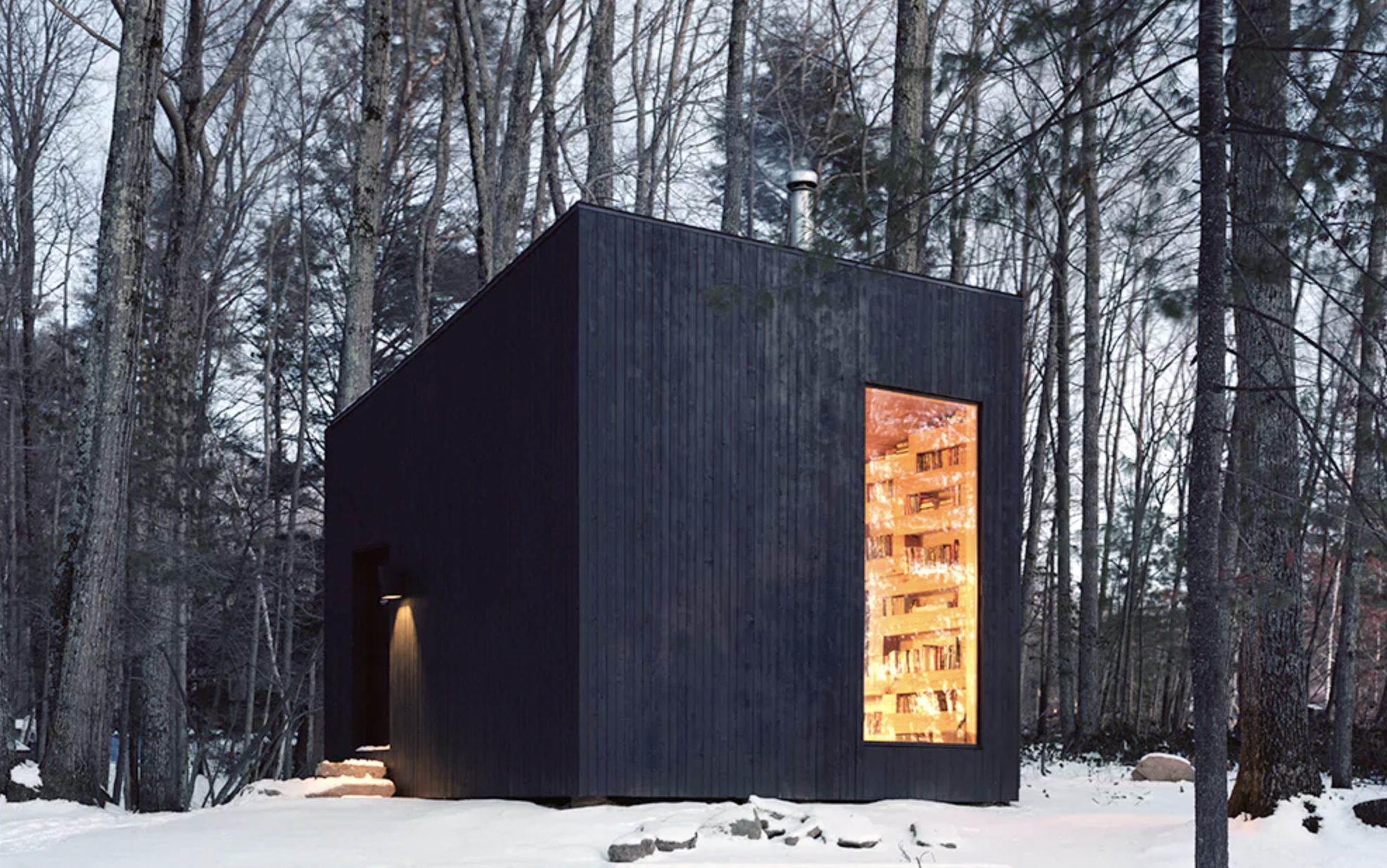Anna Rahmanan
Writer | Editor | Producer
You Can Actually Stay in This Secret Library in Upstate New York
This story originally appeared on The Telegraph. READ THE STORY HERE.
As the effects of the global pandemic continue, cities across the world are contending with closed attractions, a dearth of things to do, re-imagined culinary offerings and the overall shrinking of tourist-related activities.
As a result, it’s clear a different sort of holiday is on the rise – one that will offer the same draws as a pre-Covid-19 trip (relaxation and different surroundings) alongside proper social distancing measures and virus-related precautions. Will far-flung rental homes, middle-of-nowhere cottages and unusual houses far from a city centre solve the problems escalated by Covid-19 within the travel industry? If the popularity of a secret library in upstate New York serves as proof, the answer is yes.
The Hemmelig Rom, located in the Hudson Valley about 90 miles from Manhattan, is the creation of Jason Koxvold, a Norwegian-British photographer and creative director. Quite literally a black box in the middle of the forest, it is a simple yet stylish one-room library, measuring 110-square-feet, that is heated by a wood-burning stove and a small electric heater. Inside the cabin-like space, guests will find a desk and an armchair alongside 1,500 books. The destination's name translates to "secret room" in Norwegian.
"From a conceptual standpoint, when I first built it, I had this idea that guests would be invited to write a note anonymously and leave it in any of the books," explains Koxvold. "I don't know if that's happened, I haven't really been looking, but I like this idea that you have a black cabin in the woods that almost disappears into the landscape."
Although it has Wi-Fi and electricity, the library doesn’t have running water and it isn’t connected to a bathroom or a kitchen, which is why Koxvold has decided to rent it out only as part of the larger Lidar West property it sits on. The entire home—rentable on Airbnb unless occupied by Koxvold and his family—has two bedrooms and two bathrooms.
As for the kinds of books you’ll find in the peaceful enclave, expect a variety of genres. Most of the tomes are Koxvold’s own but those closer to the ceiling are a random batch that he bought from someone cleaning out his own library. "Those became kind of the filler," he says. "But down at human height, all the books are mine." A voracious reader himself, Koxvold mentions Peter Heller's post-apocalyptic fiction novel The Dog Stars as one of his favourite recent reads. Quite fitting, indeed.
"I bought this property back in 2012," reminisces the 42-year-old Koxvold. "It was nearly two-and-a-half acres and it was completely wild forest." After building the 1,400-square-foot main structure, Koxvold was left with extra lumber that he decided to cut down into eight-by-eight inch logs. After a rather busy visit by his extended family during which he was forced to sleep in the basement, Koxvold decided to build an additional structure.
The idea of slowly expanding his property—which he’s been staying in with his family during the pandemic—was a sort of familial intuition. "My grandfather in Norway had built this place that began with one structure and then he kept adding additional ones," he explains. "Houses for sleeping and living in but also a blacksmith area, a wood-carving studio, a sauna, a barn. So that influence was very much in my mind."
Although clearly spectacular in its simplicity and a draw in non-pandemic times, Koxvold does acknowledge that his home has reached a sort of cult status since Covid-19 first hit – it was totally booked out for July and August. It's a fact that he mostly attributes to the current state of travel across the globe. "I would probably prefer to spend time in an Airbnb that has less foot traffic and fewer people interacting with you," he says. "You can also check into it without having any physical contact with anyone. There's a key box that has a unique pin on it."
Although he hired a contractor to build out Lidar West and he enlisted the help of architect Brandon Padron to deal with Hemmelig Rom, Koxvold did much of the work on the secondary complex himself. "I would say I probably did about two thirds of it myself with the help of friends," he says.
Lest you think that the quiet grandiosity of the distant destination convinced Koxvold to sit back and enjoy the fruits of his labour, think again: he has already started working on a tree house chicken coop structure right across the yard from Hemmelig Rom, complete with 10 "extremely friendly" chickens. It's what his grandpa would have done.
